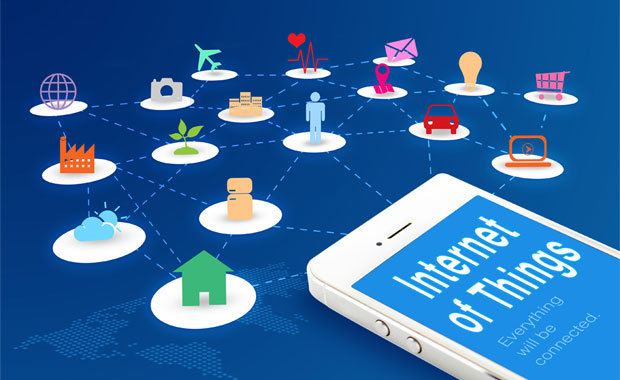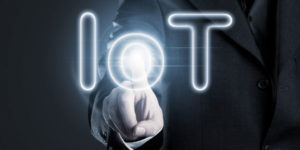The advent of a brave new world of connected products and services in the Internet of Things is forcing organizations of all sizes across nearly every industry to reconsider how they will interact with their customers in the future. As a consequence, a growing number of companies are thinking about how they have to redefine their businesses to better serve their customers going forward.
These ideas were showcased at the recent PTC LiveWorx conference in Boston. The event drew approximately 5,000 attendees from a wide array of enterprises worldwide to demonstrate how previously standalone technologies and applications now are converging to enable the idea of IoT to become a reality.
Acquisition Binge
For years, PTC has made its money selling on-premises product lifecycle management, service lifecycle management and related software applications to various manufacturers, industrial companies, and consumer products producers, among others.
Over the past few years, it has made a series of strategic acquisitions to focus on the unique requirements of a new generation of connected products and services.
It acquired IoT platform ThingWorx in 2013. It purchased Axeda in 2014 to enhance its IoT connectivity and security capabilities. In 2015, it acquired Coldlight to strengthen its IoT analytics, and Vuforia to add augmented reality technologies to its portfolio. In 2016, PTC bought Kepware to expand its communications connectivity to industrial automation environments.
Fundamental Changes
These moves have put PTC in the middle of the IoT market and changed the nature of its customer relationships in many ways.
First, PTC has found itself at the leading edge of an emerging market that still requires significant customer education. As a result, PTC has teamed with Michael Porter, the legendary Harvard professor, to discuss the strategic implications of IoT with corporate executives.
It also is working with brand-name customers, such as Caterpillar, to produce real-world case studies that clearly illustrate how sensor-embedded products, augmented reality technology, and cloud-based applications can be integrated to fundamentally change the nature of field service, customer support and end-user training.
For instance, rather than forcing a field worker to call a help desk when a piece of construction equipment fails, Caterpillar is teaming with PTC to deploy IoT applications and solutions that enable the field worker to identify the issue and resolve it — in many cases without help desk intervention. That can reduce downtime and customer support costs while increasing user productivity.
At the same time, Caterpillar is gathering real-time data regarding the performance and reliability of its equipment, which it can use to improve its design.
No Job for Customers
Companies used to rely on their customers to notify them of problems and risked losing them in the process, due to dissatisfaction with the quality of their products. In essence, the customer was the sensor in the old world of customer support, notifying the vendor when the product failed.
In today’s world, customers are far less tolerant of product failures. They also have many more options if they become disenchanted with their vendors’ products. Therefore, it is imperative for vendors to redesign their products so the suppliers can assume a greater share of the burden for ensuring the availability and performance of their products.
Building connected products that are supported with more automated and interactive support tools is becoming an essential strategy for restructuring the vendor-customer relationship in the IoT.













































Social Media
See all Social Media